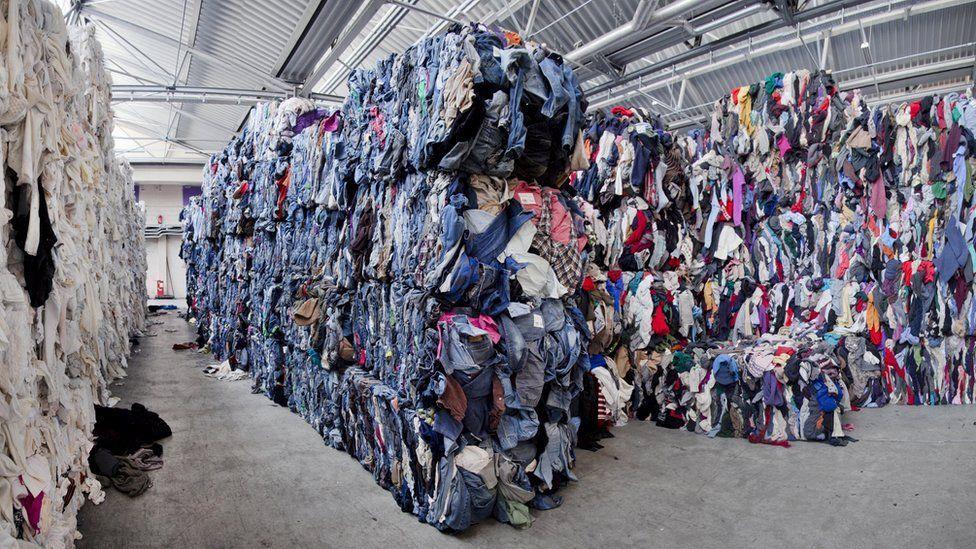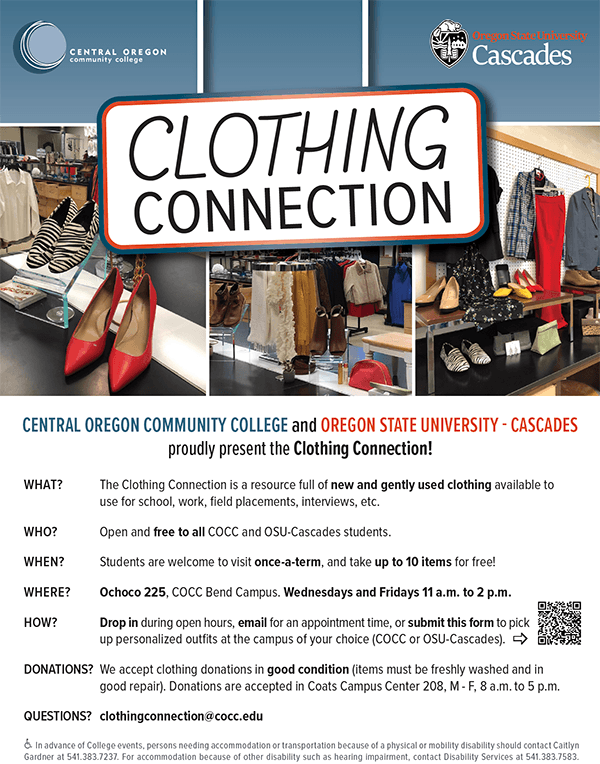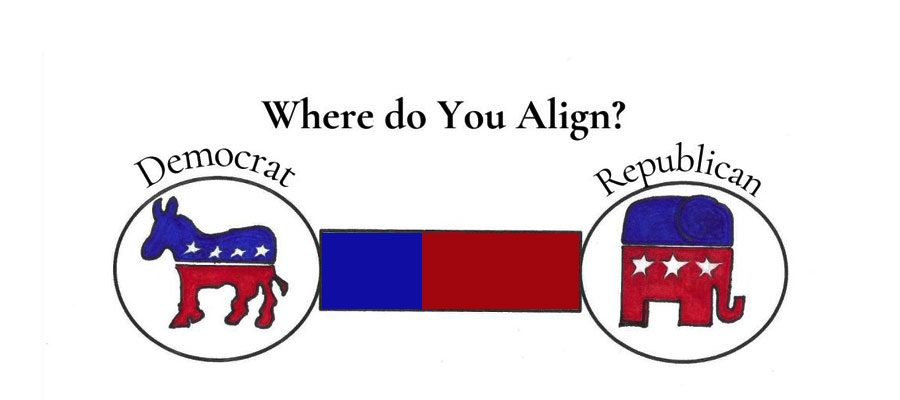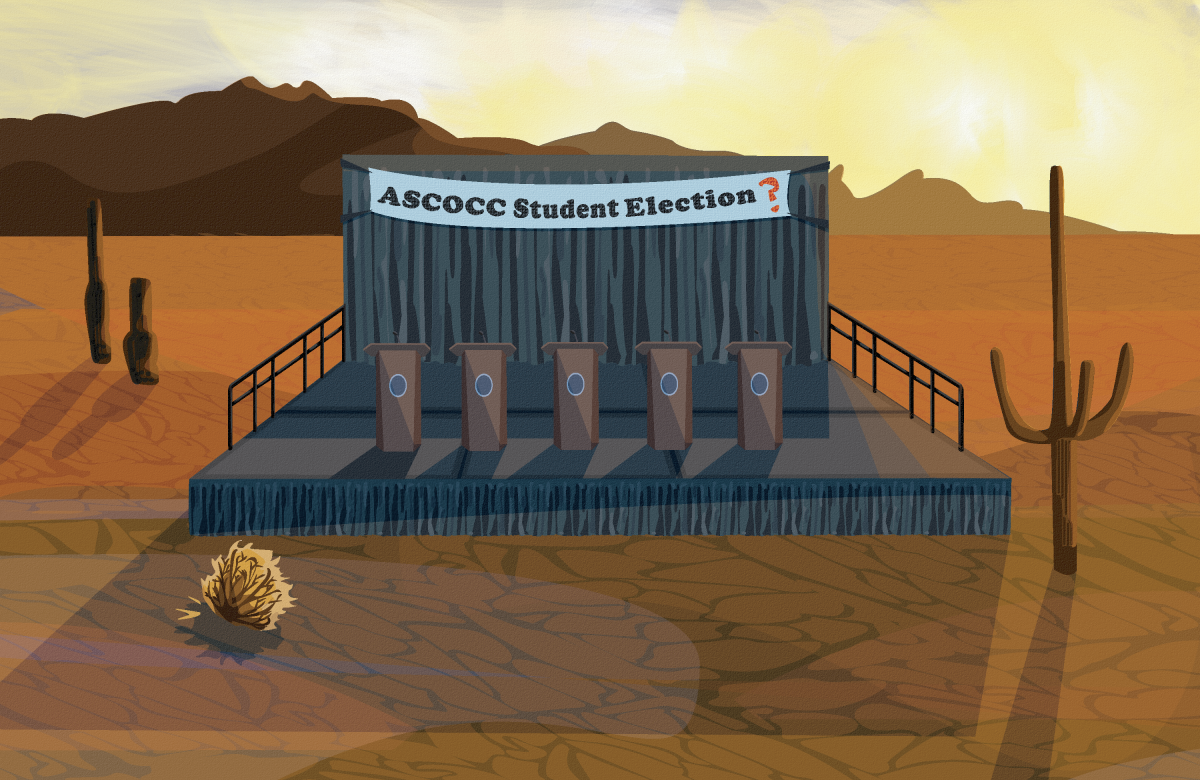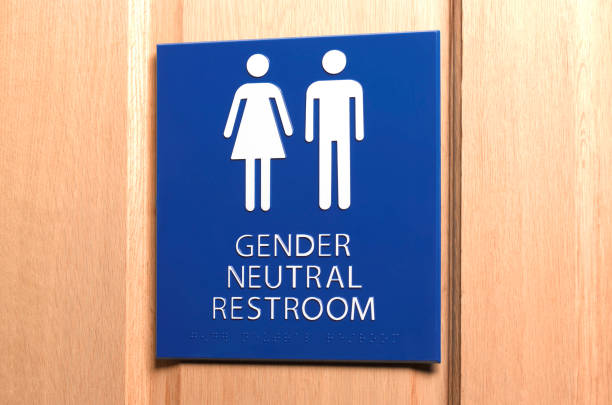Fast fashion is a trend that’s gradually taken over the way we shop for clothes, starting all the way back in the 80’s.
According to Solene Rauturier from goodonyou, fast fashion is essentially “cheap, trendy clothing that samples ideas from the catwalk or celebrity culture and turns them into garments in high street stores at breakneck speed to meet consumer demand.”
This video gives a brief overview of the environmental impact of fast fashion
This method of manufacturing clothing at such a rapid rate is destroying our economy in a few different ways. It’s exploiting workers with unfair work conditions and unethical payment, which you can read more about here. Fast fashion has created a cycle of clothing use that can be as short as one wear. If a shirt only costs $10, why not just wear it once and move onto the next trendy item?
The fast fashion phenomenon has evolved into what is called “ultra fast fashion,” which includes brands such as SHEIN and Zaful. These brands have taken the overturn of fast fashion and brought it to a new level, creating textiles with prices as low as a few cents.
There are many issues with fast fashion. The amount of clothing being produced and discarded is quickly weakening not only our economy, but the environment as well. According to Zeitgeist, 100 billion items of clothing are produced each year.
Overproduction and overconsumption are two of the largest issues that the fast fashion movement has ushered in, and as these articles of clothing are not all being recycled, they must land somewhere.
“three out of five fast fashion garments end up in a landfill within a year of purchase.”
ZEITGEIST
The alternative to the “fast fashion” movement is “slow fashion,” or sustainable shopping. This involves supporting ethically made clothing brands, purchasing less clothing and wearing and reusing clothing as often as possible.
However, the sustainable fashion movement can also be tricky. Many supposedly “sustainable” brands have been found to be “greenwashing,” which means “conveying a false impression or providing misleading information about how a company’s products are more environmentally sound,” according to Will Kenton on Investopedia.
Another challenging aspect of sustainable shopping are the prices. Buying from new, sustainable brands can be massively pricey, even for basic pieces. There are many amazing benefits of buying from these places; a few being that they last longer, are made with better materials and are made with care for people and the environment. However, the price point can turn many people away from this idea of sustainable shopping.
Thrifting

A college student myself, the term “broke college student” is used far too often in my world, but it does ring true. Money is notoriously tight in the college years, and shopping sustainably is hardly on the forefront of anyone’s mind. This being the case, I more often than not turn to thrift shopping.
I was born and raised as a thriftier, and although it has become trendier to thrift, it is still something I love to do. There is nothing quite as exciting as finding a t-shirt of your favorite band or a pristine pair of athletic pants for under $10. Thrifting can be more sustainable for many different reasons, such as keeping clothing out of landfills and finding homes for preloved pieces.
Clothing Connection is a thrift store on the Central Oregon Community College Bend campus that is available to students and offers up to 10 free items of clothing each term. This is a way for students who may be financially strapped to experience thrifting, but within reason. If you’re wanting to check it out, it’s located in Ochoco 225, and is open 11 a.m. to 2 p.m. every Wednesday and Friday.
Sustainability
Here’s the thing; thrifting 20 items a week isn’t much better than weekly shopping sprees at Target. Wearing and buying clothing is part of life, but it is something that humans need a healthier relationship with, myself included. Mindfulness is needed, along with remembering that less really can be more.
There is no simple way to fix human exploitation or cause the billions of discarded clothing articles to disappear into thin air. Just like any other major issue, the fast fashion movement isn’t going away anytime soon.
However, we can be more conscious of what we wear and where it comes from. Knowing that small changes can make a big difference, and being mindful and thoughtful of our shopping habits, we can begin to make an impact on the world around us.


